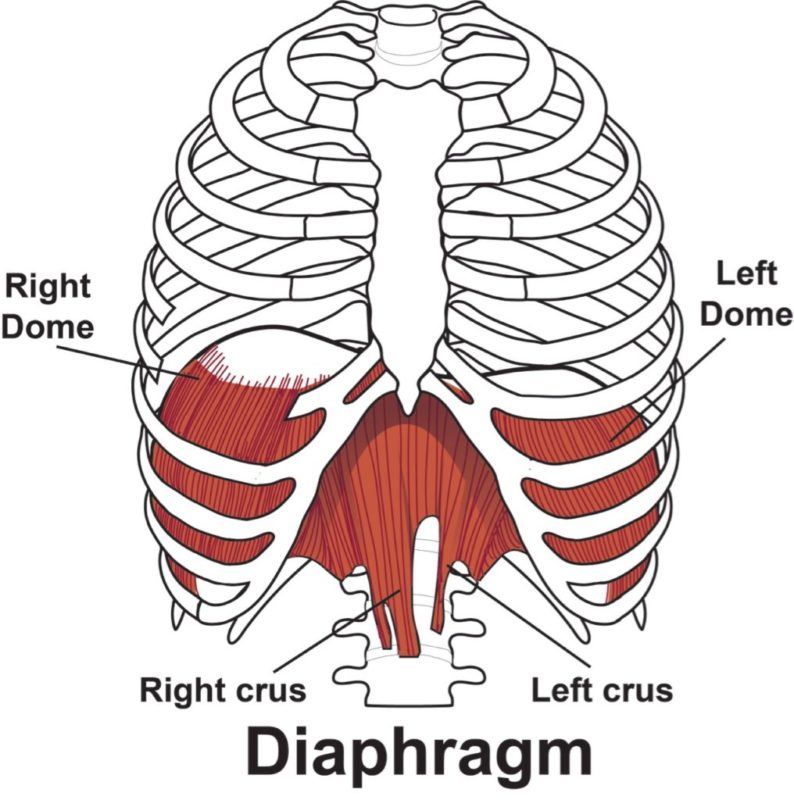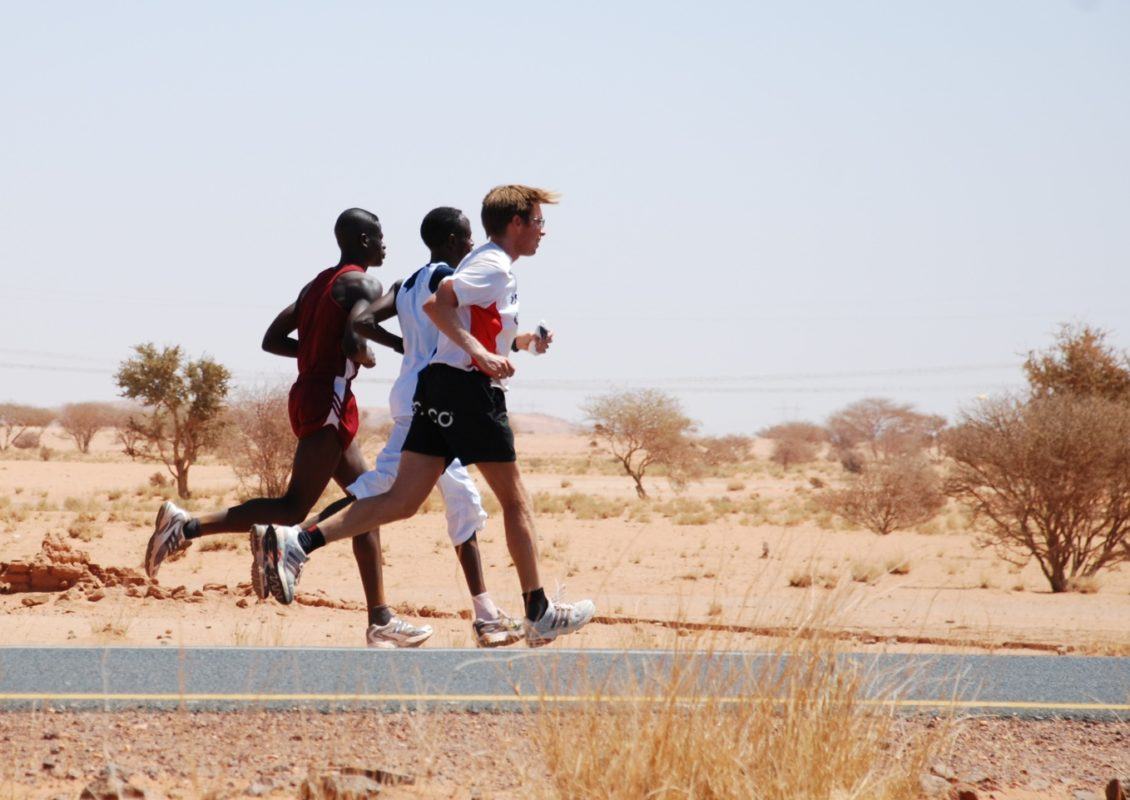Health & Rehabilitation
Breathing for Athletes
Performing at your best, achieving a State of Flow at the highest levels of competition, cultivating a winning mindset, recovering from sports related injuries. All of these aspects are critical to being a modern and successful athlete.
Breathing for Athletes
There is a lot to be gained from training with a focus on the respiratory system, especially when we realize that through this training we learn to maximize the mechanics of breathing, manage the Autonomic Nervous System along with strengthening the mind’s will to endure stress and pain at very high levels when pushing for top performance.In this article we will start by discussing basic mechanics and how the nervous system can be understood and utilized in order to obtain our highest performance.Breathing techniques and mindful, positive (Flow) psychology are two tools that have been somewhat elusive for many athletes working to develop a winning strategy in their sport of choice.Of the two, Flow psychology, which includes visualization and creating a winner’s mindset has been more prevalent in modern day sports and there are plenty of sports psychologists in the world, but how many athletes do we see with breathing coaches?The answer is not many at all. Connecting the mind and body is critical when it comes to Flow psychology and the best way to create that connection is through understanding, practice and control of the breathing process.Proper breathing techniques with an understanding of how to apply them in ways that match the sport being participated in along with how and when to deploy the specific technique within moments of competition are what can take you from the second step on a podium to the top.Stig Severinsen, creator of Breatheology, has applied these techniques and strategies to the training plans he used for his world champion and world record setting achievements.Breathing Mechanics
Many of the athletes we see performing at high levels have ignored breathing as a critical part of their training and instead fall deep in to the habits of overbreathing, not utilizing the muscles of respiration properly or efficiently and over stimulate the sympathetic nervous system pushing a Fight or Flight response in competition that although might have a place in short “sprint” focused sports, but for mid- range or endurance sports this approach leads to burn out and depleting the body’s physiological capability.At the end of the day each type of sport will have a unique breathing strategy, but for now let’s touch on some of the breathing mechanics.For athletes it is critical to have as much oxygen in the bloodstream as possible to provide the fuel our mitochondria need to create energy allowing our muscles to perform their function. This starts with the ability to create the deepest and strongest “vacuum” ability to pull air into the lungs. Upper chest and shallow breathing simply don’t get the job done.Training the diaphragm, the large sheath muscle that bisects the body at the bottom of the rib cage above the belly, to be strong and flexible should be a main focus of training. The diaphragm when contracted creates a downward draw on the lungs creating a ballooning or vacuum effect that helps fill the lungs from the bottom up.
Autonomic Nervous System
Moving on from mechanics and muscularity basics, it makes sense to have an overview of the two-sided Autonomic Nervous System (ANS) which consists of the Sympathetic and Parasympathetic.Breatheology has a major focus on guiding people in learning how to access the parasympathetic side of the ANS. In layman’s terms the Parasympathetic Nervous System (PNS) is home to our “rest and digest” cycle as opposed to the Sympathetic Nervous System (SNS) which houses our “fight or flight” response.In modern society many people reside in the SNS for more time than they understand as that is part of the “new normal” in society. Being on high alert, managing stress, being fearful and feeling isolated is unfortunately part of modern living. Add something like COVID-19 to the mix and it only gets amplified. For athletes this can be a complex issue.In theory for athletes the SNS which has domain over cortisol and adrenaline production should only be used when needed. For example if you are involved in track and run 1 mile race, you could use an adrenaline boost (SNS) to your advantage in the final kick to decimate your opponents to the finish line, but using adrenaline the entire race up to the final kick would more than likely take away your ability to increase your speed at the right moment and therefore potentially lose the race.
- Reduced breathlessness during physical exercise
- Increased oxygenated blood volume
- Improved balance, mobility and flexibility
- Help with acute and chronic pain management
- Improved nasal breathing to improve arterial oxygen uptake
- Simulated High Altitude Training
- Increased EPO (Erythropoietin) production naturally and legally
- Improved your VO2 max
Improve Athletic Performance
Competition is the name of the game for athletes. To beat the competition, it is crucial that you train extremely hard and utilize any advantage you can get.While genetics play a role in determining the winner, the most intriguing athletes are the ones that are doing something that no one else is.Breatheology Courses
Learn and master conscious breathing through our online breathwork courses. Discover how simple yet powerful breathing techniques can help reduce stress, improve your mental clarity, and boost your physical performance.
Free Breathwork Courses
Kickstart your breath training journey with our free, step-by-step breathing programs designed to help you improve lung capacity, manage stress, and build focus.
Advanced Breathwork Training
Take your breathing mastery to the next level with our advanced breathwork training programs. Build resilience, enhance your endurance, and unlock greater physical and mental performance.